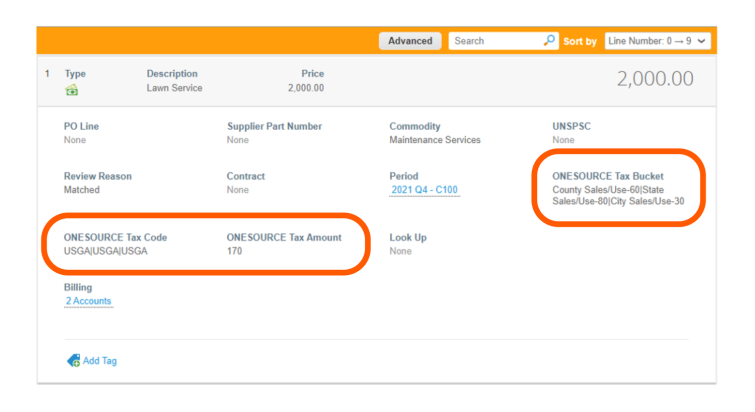How to Overcome Indirect Tax Challenges: Coupa and Thomson Reuters’ ONESOURCE

Today's post is written by guest author Ray Grove — Head of Product, Transactional Compliance at Thomson Reuters. Ray works with clients, technologists, and partners around the globe to create solutions for today’s ever-changing transactional taxes and compliance landscape. Thomson Reuters is a certified Coupa App Marketplace partner that helps organizations manage tax requirements within Coupa.
Navigating the world of indirect taxes is no easy task. Tax types and rates constantly change as governments' social and economic priorities shift, creating an environment where continual tax visibility is key. Combined with the fact that many companies now operate across multiple cities, states, and nations, there's a growing need for solutions capable of keeping pace in today’s tax environment.
Thomson Reuters' ONESOURCE for the Coupa Business Spend Management (BSM) platform helps finance, operations, and procurement teams keep up with tax laws because it continually updates to reflect indirect tax changes. With support for more than 32,000 international tax authorities across 205 countries and territories, ONESOURCE integrates millions of tax changes each year to ensure that companies remain SSAE 18 and ISAE 3402 compliant and are capable of navigating highly complex tax authorities, such as the United States and Brazil.
Let’s dive deeper into the challenges of today’s indirect tax landscape and how ONESOURCE and Coupa can help.
Common challenges in indirect tax calculation
Nearly 80% of tax leaders say regulatory risk is the greatest threat to their organization. Keeping track of every single transaction in our interconnected economy means keeping track of every tax law in every country. For example, a product from one supplier might be subject to a different tax than a nearly identical product from another based on its country of origin, the materials used, and the processes related to manufacturing. It may also come down to operations. Certain uses of a good may exempt it from taxes, or certain companies may be exempt from taxes based on their organizational status.
As a result, two common challenges emerge from a highly specific tax application world: complexity and accuracy.
Complexity
Ironically, complexity often stems from government efforts to simplify tax authorities. While the goal is well-meaning, agencies quickly discover the need for specific exceptions, leading to complexity as economies evolve. To handle this complexity, many companies now have a host of transaction tools that aren’t fully integrated into their system but are needed to address a certain problem. One common example is mobile POS solutions that allow businesses to conduct transactions whenever, wherever. But organizations need continual access to all devices and a comprehensive understanding of how each transaction point impacts overall taxes owed to calculate correctly.
Accuracy
Companies need to get tax values right the first time. While many organizations worry about a tax authority investigation due to underpayment, indirect taxes' complexity leads to overpayment out of sheer caution. Calculating taxes right the first time saves valuable resources.
And don’t forget, vendors and partners also expect you to pay them as soon as possible. Along with many companies now using a multiple-supplier model to reduce the risk of sudden supply shortages, the volume of transactions is rising. As a result, it's no longer enough to simply collect tax transaction data. Businesses now need a way to combine this data into usable sets and perform calculations at scale.
An app like ONESOURCE is the perfect addition to your Coupa BSM platform to help you overcome these challenges.
Easily integrate an indirect tax app into your BSM platform
Thomson Reuters' ONESOURCE Indirect Tax Calculation app for Coupa helps ensure that organizations don’t overpay or underpay supplier taxes.
With ONESOURCE, Coupa customers can retrieve tax information upon invoice submission, record tax amounts and all applicable tax codes directly in Coupa, and flag invoices for further review if supplier-entered tax amounts are different compared to ONESOURCE calculated tax. This makes it possible for companies to increase the speed of their transactions with customers, suppliers, and partners — without compromising accuracy.
Key benefits of ONESOURCE include:
- Automation of 90% to 95% of indirect tax processes, leading to a reduction in manual error and a decrease in errors
- Native cloud capabilities that allow automation of new tax rules and zero downtime updates
- Real-time tax calculations and vendor invoice validation to ensure accuracy
- 24/7 technical support to address implementation and integration issues
